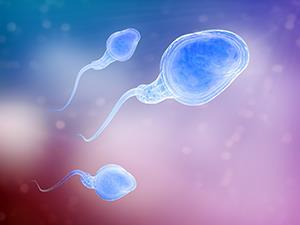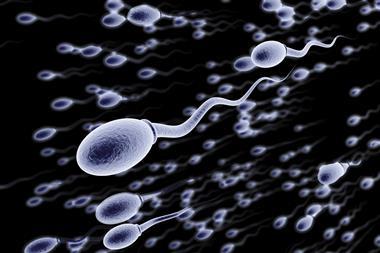
The livestock industry relies on sperm sorting to select the right candidates for artificial insemination. Flow cytometry, the current technique used to sort sperm, involves labelling sperm with a fluorescent dye and capturing the labelled sperm in single droplets before exciting the dye. The strength of the dye’s fluorescence indicates the presence of X or Y chromosomes. However, in this intrusive process the sperm become stressed – the extent of the damage this causes is still under debate.
A microbridge sensor developed by Marco Mauro and his team at Novaetech, Napoli, in collaboration with the Italian Experimental Institute, Lazarro Spallanzani in Cremona, is a non-invasive alternative for sorting live sperm cells.
The sensor, able to measure picogram masses, is a microcantilever consisting of a resonating micrometric capillary that is fixed at both ends and connected to an external fluidic system. The flow of a fluid containing suspended sperm is controlled to allow a single sperm cell to enter the capillary at any one time. As the sperm flows through a sensitive area of the capillary a variation in the forced vibration is detected. The signal is proportional to the buoyant mass of the sperm. ‘This is the first direct measurement of a single sperm’s mass,’ says Mauro. These preliminary results provide evidence of measurable differences in the mass of sperm cells bearing X or Y chromosomes.
Hai-Feng Ji, an expert in micromechanical sensors for biological applications at Drexel University in the US, supports the work. ‘Micromechanical systems may compete with flow cytometry for distinguishing X and Y chromosomes. The system holds several advantages compared to that of flow cytometry, such as fast, label free screening.’
This initial work involved weighing bovine spermatozoa pre-sorted by flow cytometry. Mauro and his team are now looking to confirm the sex-sorting potential of this microbridge sensor using a mixed sample of live cells.







No comments yet